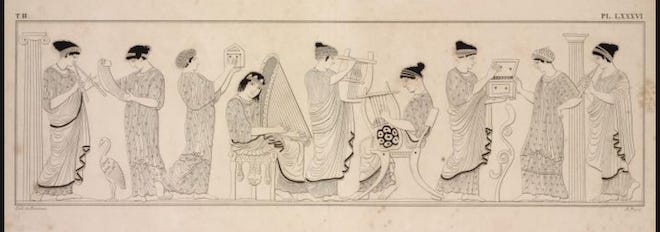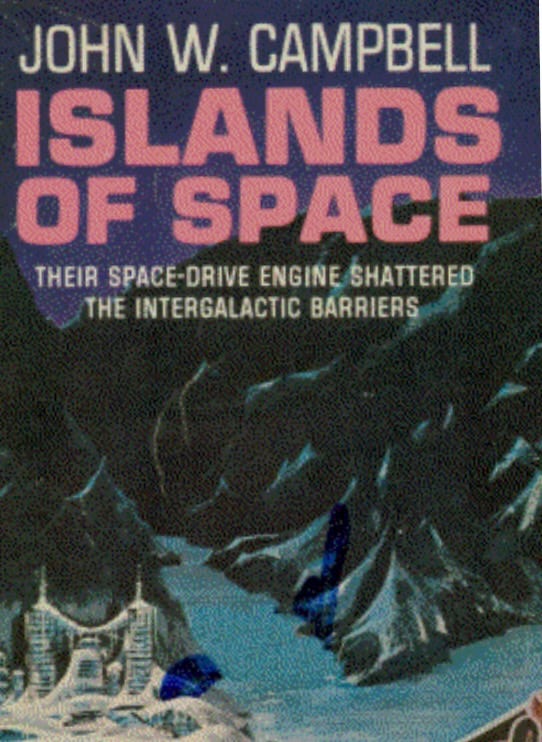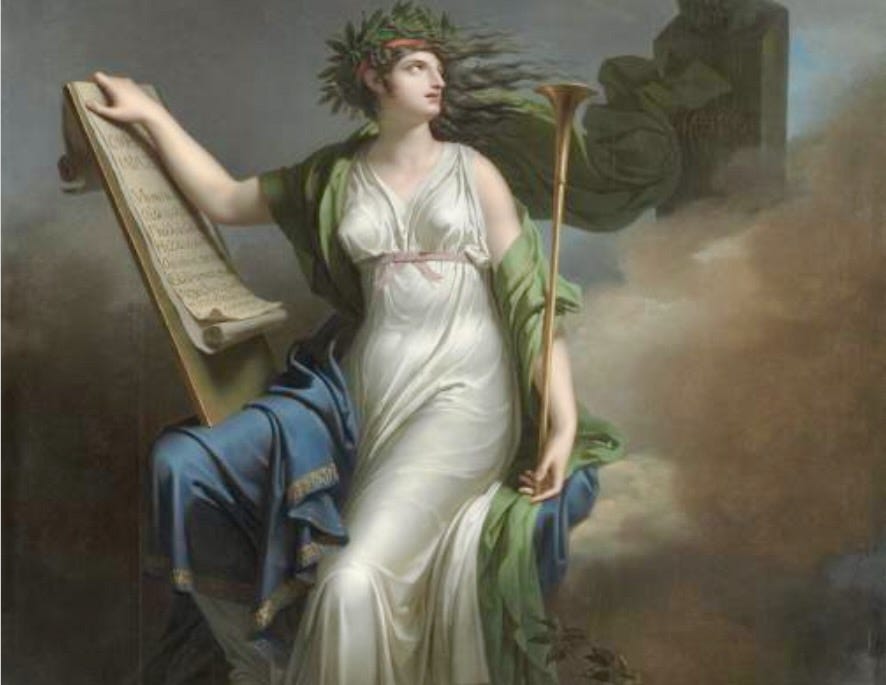Part I . . . Notes, References, and Shoutouts (Chapters 4-9)
(4MiM Supplement #2)
Chapter 4. Heard as Well as Seen
The sky was the color of a reddish-purple plum . . .
A small reference in appreciation of the use of color scrims by Jerry Finnerman, Director of Photography for Star Trek TOS (The Original Series).




Chapter 5. The Most Beautiful Thing
Holding up her hand at eye level, Joanni cupped her palm, and closing one eye, proclaimed, mostly to herself, “The stars are all around us; we can hold them in our hand.”
Inspiration from Kate Bush’s Aerial double album: “The stars are on our fingers . . .” “Nocturn”. CD2—A Sky of Honey.
Chapter 6. Harmonies of the Mind
. . . as they sat down to a dinner of soy in aspic, steak bites, hydroponic salad . . .
Hydroponics is the technique of growing plants using a water-based nutrient solution rather than soil . . . US Department of Agriculture, National Agricultural Library
Chapter 7. Irrational Fears and Fabulous Backstories
The mental sparring between them as they began a round of calliope (a game that in strategy fell somewhere between war and poker) . . .
The name of this game references Calliope, the muse of epic poetry (not the musical instrument). In Greek mythology, nine muses served as inspiration for various areas of literature, science, and the arts:
Calliope: muse of heroic or epic poetry (often holding a writing tablet) Clio: muse of history (often holding a scroll) Erato: muse of lyric and love poetry (often playing a lyre) Euterpe: muse of music or flutes (often playing a flute) Melpomene: muse of tragedy (often holding a tragic mask) Polymnia: muse of sacred poetry [and hymns ] (often shown with a pensive look) Terpsichore: muse of dancing/choral song (often shown dancing and holding a lyre) Thalia: muse of comedy (often holding a comic mask) Urania: muse of astronomy (often holding a globe) List drawn from Britannica.

“I’m not likely to stumble into the warp drive,” she continued . . .
The concept of "warp drive” first appeared in John W. Campbell’s 1957 novel Islands of Space (originally published in Amazing Stories Quarterly, Spring 1931).

The fictional use of warp drive and warp engines was popularized by and a frequent plot feature used in Star Trek.
"These hypothetical engines manipulate the fabric of space-time itself, compressing the stuff in front of a spaceship and expanding it behind. This creates a "warp bubble" that allows a craft to travel at incredible velocities — in some imaginings, many times faster than the speed of light." [Space. com}
Chapter 9. Following Your Footsteps
“They were experimenting with small craft warp speed . . .”
Warp speed is a faster-than-light speed attained by a spaceship traveling in a space warp [Oxford Languages]. Physicists continue to study warp speed in hopes of turning fiction into reality.
Top image: Calliope, Muse of Epic Poetry, Charles Meynier, 1798, Cleveland Museum of Art, Creative Commons (CC0 1.0), Edited by J. Weigley






